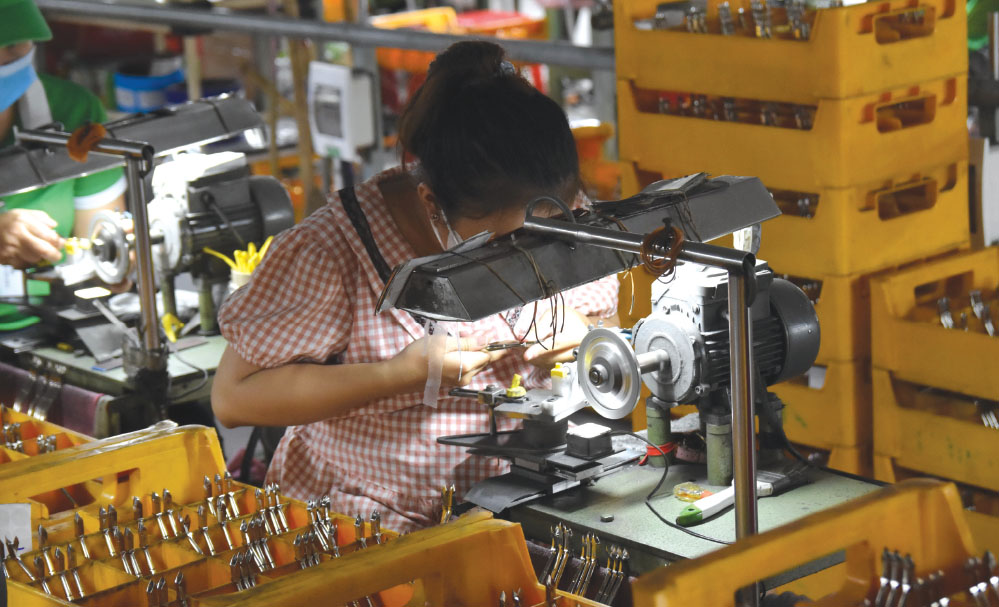HCMC – Typhoon Yagi significantly disrupted Vietnam’s manufacturing sector in September as heavy rain, flooding and landslides led to temporary factory shutdowns and production halts.
Output, new orders, and inventory levels all experienced declines. The S&P Global Vietnam Manufacturing Purchasing Managers’ Index (PMI) dropped to 47.3 in September from 52.4 in August, indicating a deterioration in business conditions, according to the latest data from S&P Global. This marked the steepest decline since November 2022, ending a five-month period of growth.
Manufacturing output saw its sharpest fall since January 2023, with many firms attributing it to the storm’s impact on production. New export orders also fell, though they remained more stable compared to the decline in domestic orders.
Supply chains were heavily affected, with manufacturers reporting extended delivery times and a significant reduction in stocks of inputs. Purchases of raw materials dropped for the first time in six months, and inventories of finished goods also decreased.
Backlogs of work continued to grow, with companies facing challenges in maintaining production, marking the sharpest rise in outstanding business in two and a half years.
Despite these challenges, businesses remained optimistic about future output, with confidence reaching a three-month high. Many firms increased employment in anticipation of stronger demand.
“The severity of typhoon Yagi had a major impact on the Vietnamese manufacturing sector. However, the underlying demand picture should remain conducive to growth, meaning that we could see a quick rebound in the sector as the recovery from the storm begins,” said Andrew Harker, economics director at S&P Global.
Cost pressures remained muted, with only modest increases in input prices, while selling prices showed little change, as some firms offered discounts to attract customers.
While the impact of Yagi is expected to be temporary, the recovery of the sector will rely on the speed at which supply chains and production lines can return to normal.









